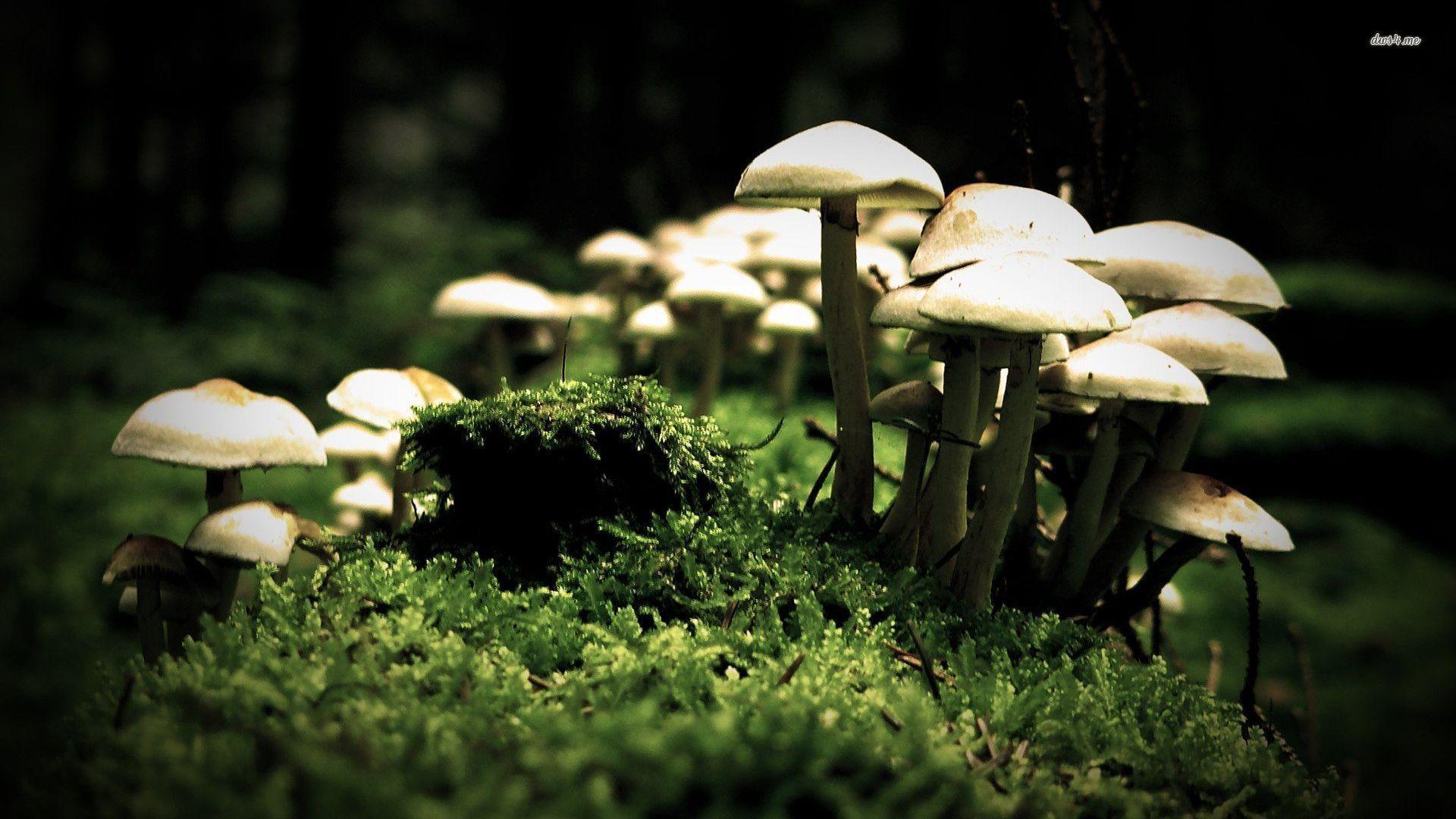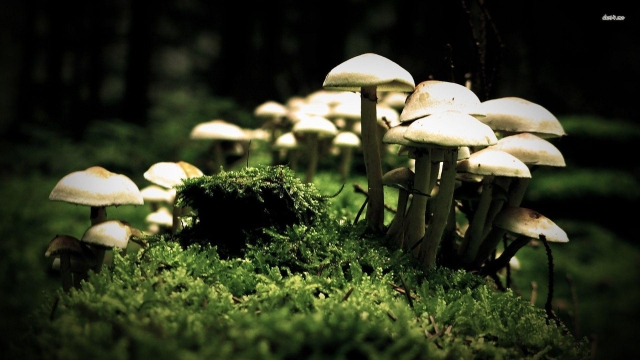
Do you have a green thumb but want to try your hand at something a little different? Look no further than the captivating world of mushroom growing. Whether you’re a seasoned gardener or a novice just starting out, mushroom cultivation offers a unique and magical experience that can be enjoyed by all. The art of growing mushrooms has been practiced for centuries, not only for their exquisite flavors but also for their incredible health benefits. So, grab your spores and let’s embark on a fascinating journey into the realms of fungi!
Getting Started with Mushroom Growing
In this section, we will explore the exciting world of mushroom growing and learn how to embark on this magical journey. Whether you are a seasoned gardener or a curious beginner, mushroom growing can be a rewarding and fascinating hobby.
To start your mushroom growing adventure, the first step is to decide which type of mushrooms you want to cultivate. With a wide variety of mushrooms available, each with its own unique characteristics and flavors, the options are endless. Popular choices for beginners include oyster mushrooms, shiitake mushrooms, and white button mushrooms.
Once you have chosen your desired mushroom variety, the next step is to gather the necessary supplies. Some basic items you will need include a substrate (such as straw, sawdust, or compost), mushroom spawn (the equivalent of seeds for mushrooms), a container or growing bags, and a misting bottle for maintaining humidity.
Now that you have your supplies ready, it’s time to start the growing process. Begin by preparing your substrate according to the requirements of your chosen mushroom species. This may involve sterilizing or pasteurizing the substrate to create a clean environment for the mushrooms to thrive.
Next, introduce the mushroom spawn into the prepared substrate, ensuring an even distribution throughout. Gently mix the spawn with the substrate using clean hands or a sterilized spoon, being careful not to contaminate the environment.
Once the spawn is mixed in, transfer the substrate to your chosen container or growing bags. The container should have holes or perforations for proper air circulation. Place the container or bags in a suitable location that provides the ideal growing conditions for your specific mushroom variety, such as a dark and humid area.
Now, the waiting game begins. Mushrooms require patience and care to grow. Regularly mist the substrate to maintain the necessary moisture levels and monitor the temperature to ensure it stays within the optimal range for your mushroom species.
As you embark on this mushroom growing journey, remember to have fun and enjoy the process. Experiment with different techniques and varieties, and don’t be discouraged by any setbacks. With time and practice, you will become an expert in the art of mushroom growing.
Stay tuned for the next sections of this article, where we will delve deeper into the specific requirements of different mushroom varieties and share tips for troubleshooting common issues that may arise during the growing process.
###Choosing the Right Mushroom Varieties
When it comes to mushroom growing, choosing the right varieties is crucial. Each type of mushroom has its own unique requirements and characteristics. By selecting the right varieties, you can ensure a successful and thriving mushroom garden.
Firstly, consider your personal preferences and culinary purposes. Are you looking to grow mushrooms for their taste, texture, or medicinal properties? For those interested in taste, popular options include the earthy and flavorful Portobello, the delicate and buttery Chanterelle, or the rich and meaty Shiitake. If you’re aiming for texture, the Oyster mushroom with its tender and silky flesh might be the ideal choice. On the other hand, if you’re focusing on the medicinal benefits, the Reishi mushroom, renowned for its immune-boosting properties, could be the right variety for you.
Secondly, take into account the growing conditions available to you. Different mushroom varieties thrive in different environments. For instance, the White Button mushroom, known for its versatility, can be cultivated in simple, controlled environments such as indoors or in a greenhouse. In contrast, the Morel mushroom requires a specific blend of temperature, humidity, and soil conditions, making it more challenging to grow. Consider the resources and space you have available before selecting your mushroom varieties.
Lastly, think about the availability of mushroom spawn or kits in your area. Mushroom spawn is the mycelium, or "root" system of mushrooms, which is used to start the growing process. Some varieties may be more readily available as spawn or beginner-friendly grow kits, making them a convenient choice for novice growers. Check with local nurseries, gardening centers, or online suppliers to determine the availability of specific mushroom varieties and their corresponding spawn.
By considering your preferences, available resources, and the accessibility of mushroom spawn, you can carefully select the right mushroom varieties for your growing venture. This strategic approach will ensure a successful and enjoyable mushroom-growing experience.
Tips and Tricks for Successful Mushroom Cultivation
-
Choose the Right Mushroom Variety: Selecting the appropriate mushroom variety for your cultivation project is crucial. Different mushroom species have specific growth requirements, so it’s essential to research and find the variety that suits your environment, available resources, and preferences. Some popular choices include oyster mushrooms, shiitake mushrooms, and white button mushrooms.
-
Provide the Perfect Growing Environment: Creating an optimal growing environment is essential for successful mushroom cultivation. Start by preparing a clean and sterile growing area to prevent contamination. Maintain a consistent temperature and humidity level throughout the growing process. Different mushroom varieties have varying temperature preferences, so make sure to provide the right conditions for your chosen species.
-
Proper Substrate Preparation: The substrate is the material on which the mushrooms grow. It can be a combination of organic materials like straw, sawdust, or wood chips. Before using the substrate, it needs to be properly prepared to ensure the best possible growing conditions for the mushrooms. Techniques such as pasteurization or sterilization may be required depending on the mushroom variety and substrate used.
Remember, successful mushroom cultivation requires dedication, attention to detail, and patience. By following these tips and tricks, you can increase your chances of enjoying a bountiful harvest of delicious and nutritious mushrooms. Happy growing!
